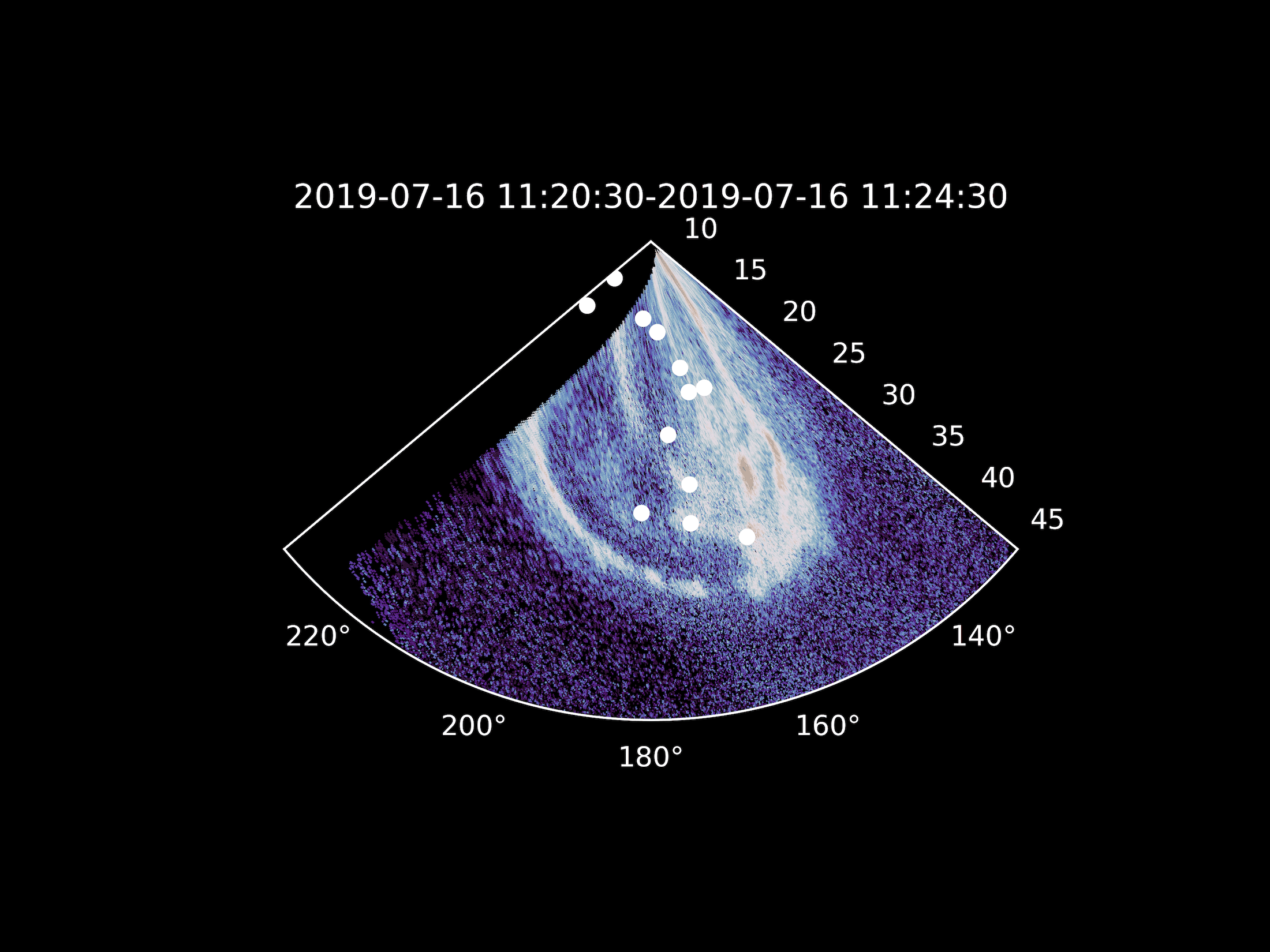How does Jupiter Produce such Powerful Northern Lights?
Students from St Gilgen School and Dr William Dunn
Spectacular auroral displays are seen in the atmosphere at Earth’s North and South poles and also from planets across the solar system. These dancing displays of lights indicate the interaction between the planet’s atmosphere and its magnetosphere (the mysterious region around a planet controlled by its magnetic field). In school, we typically learn about 3 states of matter (solid, liquid and gas), but actually the most common state of observed matter in the Universe is plasma (in which elements are split into ions and electrons). Magnetospheres are full of plasma and so by studying the Northern lights, we get irreplaceable insights into both the processes that govern the Universe and into the composition of the atmospheres of planets.
Jupiter produces the most powerful Northern Lights in the Solar System. The figure below shows the scale of Jupiter’s aurora compared with Earth’s. At times, Jupiter’s aurora can reach terawatt powers – surpassing power production by all of Human civilization. How the interaction of magnetic fields and plasma generates such extreme events remains unknown.
.png)
Figure: To scale image of Jupiter’s pole and aurora (left) vs Earth’s pole and aurora (right)
Image credit: NASA/JPL-Caltech/SwRI/UVS/STScI/MODIS/WIC/IMAGE/ULiège/Bonfond
To better understand this, we study the spectacular auroral lightshows of Jupiter by using ultraviolet (UV) observations by the Hubble Space Telescope and NASA’s flagship Chandra X-ray observatory and ESA’s flagship XMM-Newton X-ray observatory. The gif shows an overlaid video of Jupiter’s UV (different colours in the image) and X-ray (white dots) aurora from 16th July 2019.
School students studying Jupiter’s aurorae in the last couple years have made a huge number of new discoveries, including: curious clockwork-like X-ray pulsations, bizarre empty regions of aurora - where Jupiter Northern lights appear to go ‘silent’, gargantuan arcs that seem to act like boundaries and huge ‘auroral explosion’ flares. Their findings have been published in two papers so far:
https://agupubs.onlinelibrary.wiley.com/doi/full/10.1029/2019JA027676
https://agupubs.onlinelibrary.wiley.com/doi/full/10.1029/2021GL097390


